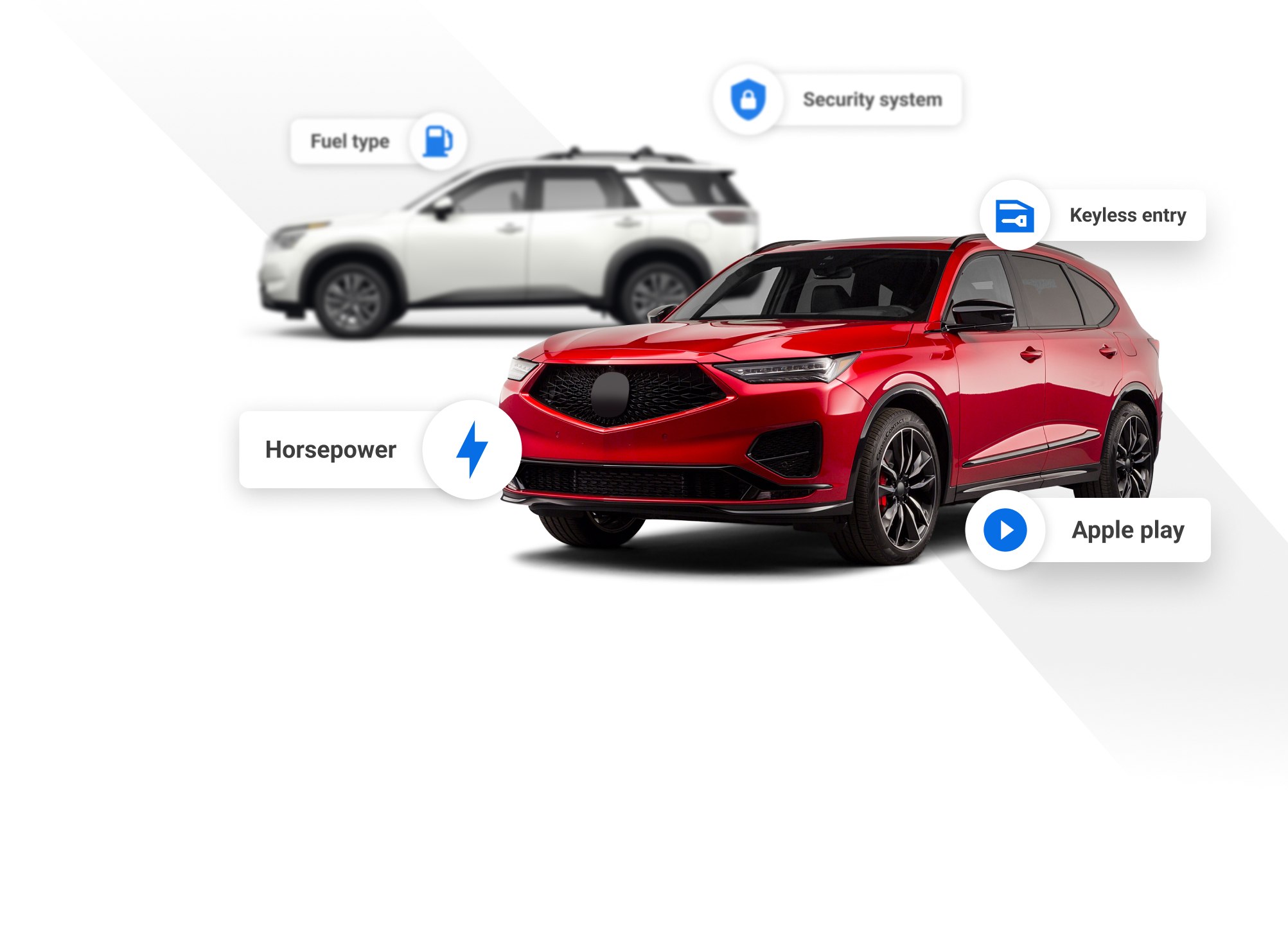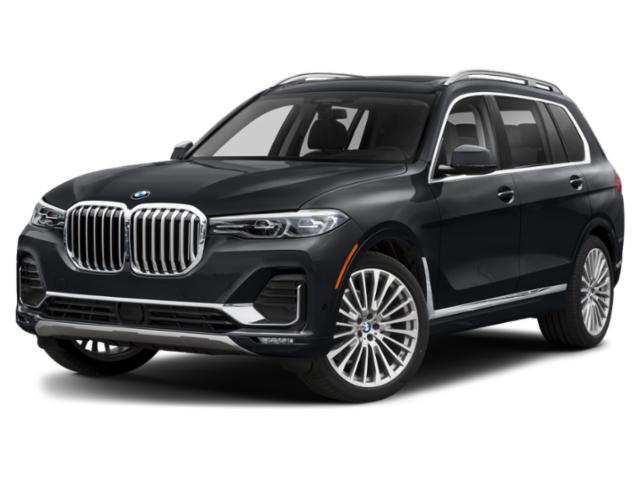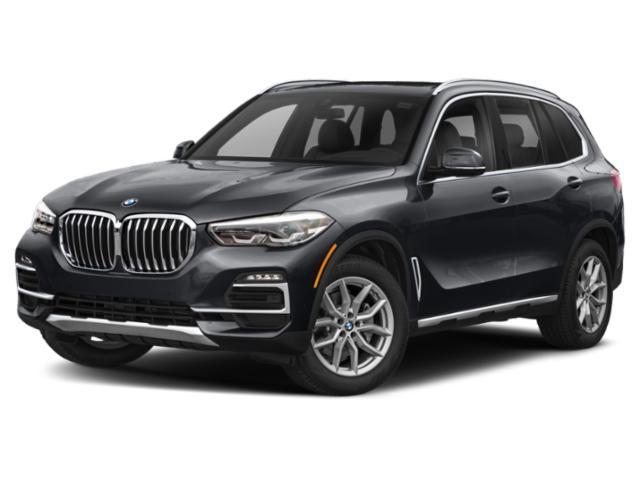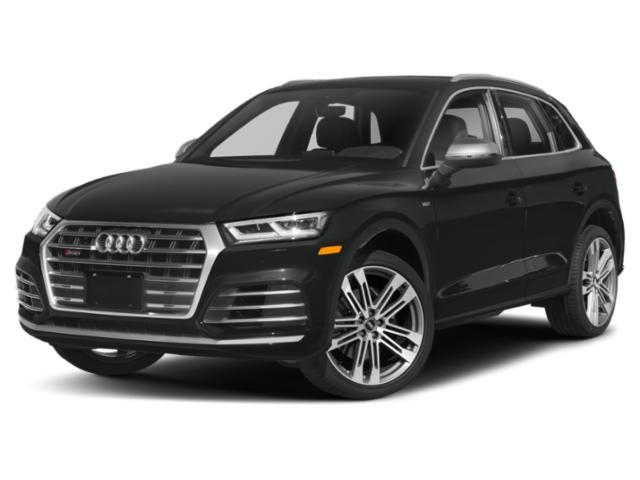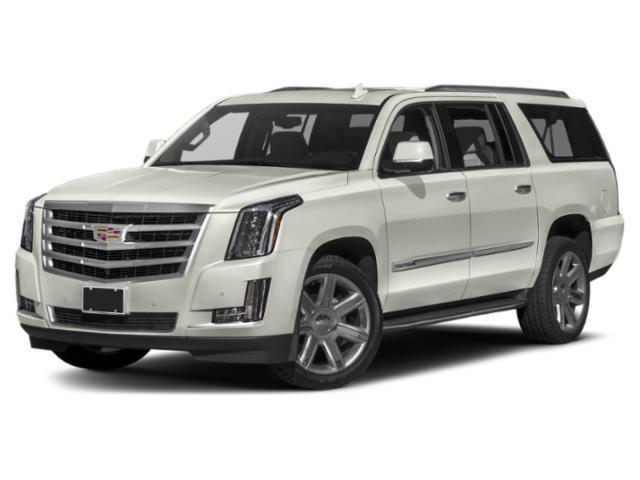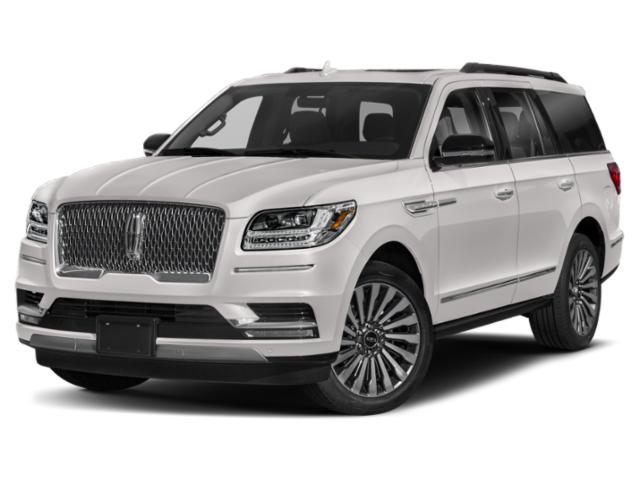
2019 Land Rover Range Rover


Key Specifications for 2019 Land Rover Range Rover






Buyer’s Guide
You won't find many SUVs more luxurious than the Land Rover Ranger Rover, nor are there many that can boast as rich an off-roading heritage as this British Brand. This dedicated utility vehicle manufacturer -- they don't make a single car -- turns a new page in its history for 2019 with its first electrified model, a plug-in hybrid it calls the HSE P400e.
That's the big development for this year's version of Land Rover's flagship, which also sees the addition of new technology, including a wade sensing system, an expanded driver assistance suite and a new range-topping trim called the SVAutobiography that ups the Range Rover's luxury game.
First, though, Range Rover's first plug-in vehicle combines a turbo four-cylinder engine whose 296 hp works with a 114-hp electric motor fed by a 13.1 kWh battery to lend the P400e a total of 398 hp and 472 lb-ft of torque. With a fully charged battery, Land Rover says the PHEV Rangie can go about 50 km on electricity alone; otherwise, the gas engine and electric motor work together, with the powertrain's electronic controls deciding which of the two is doing most of the motivating at any given time.
The rest of the Range Rover's powertrain choices carry over. Entry-level short-wheelbase (SWB) models start out with a supercharged 3.0L gasoline V6 that makes either 340 or 380 hp and 332 lb-ft of torque and an optional 3.0L turbodiesel six-cylinder is good for 254 hp and 443 lb-ft. Working up the ladder leads us to a supercharged 5.0L V8 that generates 518 hp and 461 lb-ft, figures that get ratcheted up to 557 hp and 516 lb-ft in models with the SV designation.
As we mentioned above, one of the Range Rover's new available technologies is a wade sensing system. When driving through deep water, it uses sensors on the bottom of the door mirror housings to warn the driver when they are approaching the car's maximum wading depth. The system also indicates the vehicle's angle and can estimate whether the water will get deeper or is becoming shallower.
Also new is an expanded adaptive cruise control system with steering assist that helps the driver keep the car centred in its lane by applying gentle steering inputs at speeds up to 180 km/h. This is not an autonomous driving system, however: Land Rover says it requires the driver keeping their hands on the wheel.
If whoever is riding in the rear seat outranks the driver, the new SVAutobiography trim is the one to get, with a list of additional luxury and convenience features that includes rear doors that close at the touch of a button. There's also a smartphone app that lets the device user in the rear seat adjust the seat heater, climate control temperature and seat massage settings from their device.
Among the advanced tech carried over from last year is a tow assist system that automatically steers the vehicle when reversing with a trailer, in response to the driver's input through the rotary dial on the console, and the front centre console can be optioned into a refrigerator large enough to house four half-litre bottles and chill them to 5 degrees Celsius.
Review & Compare:
Photos




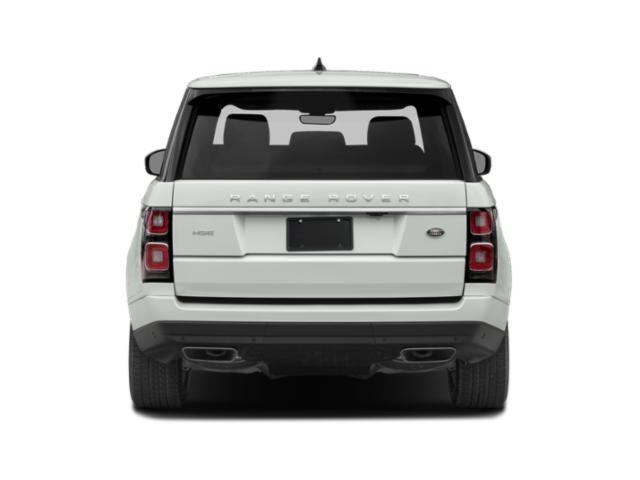

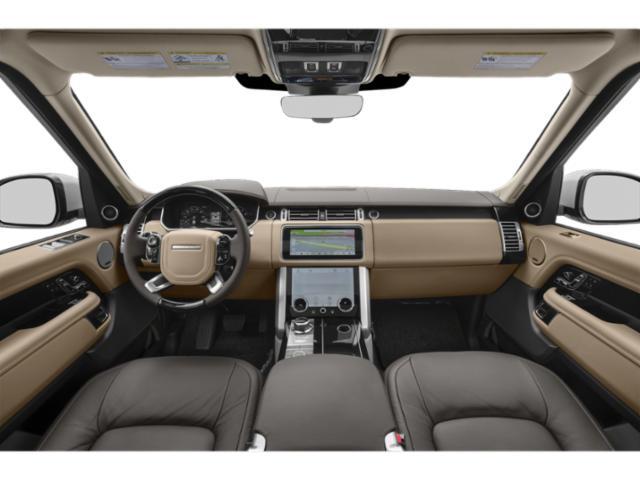


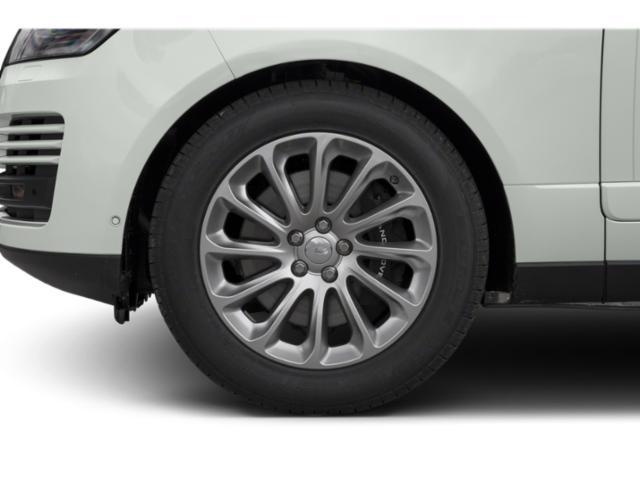
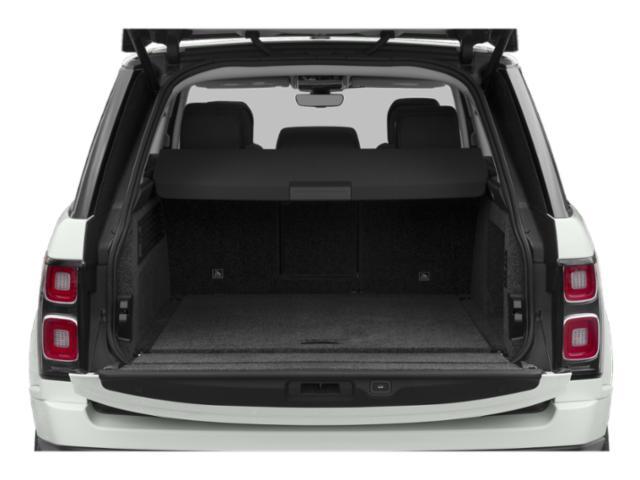
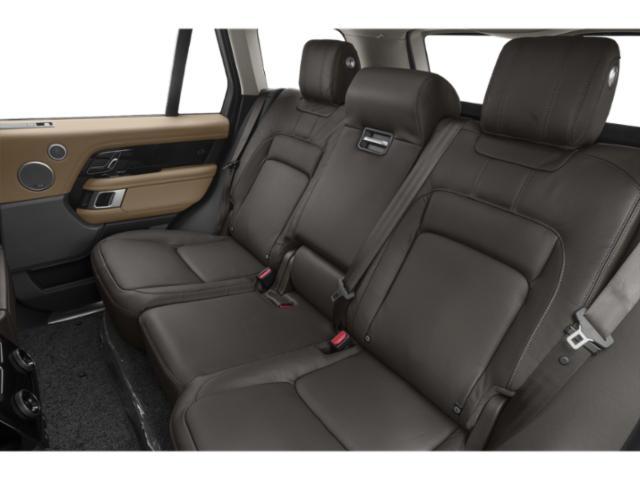
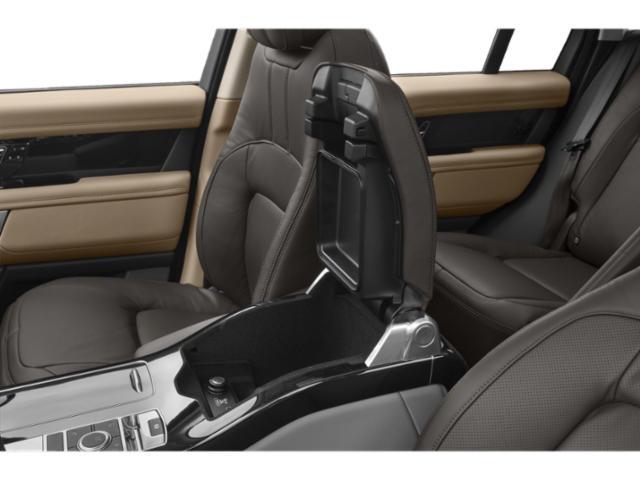

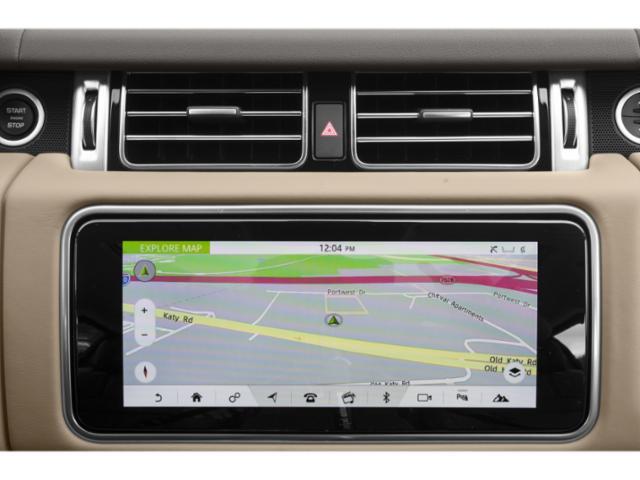















AutoTrader Review


This vehicle has not yet been reviewed



